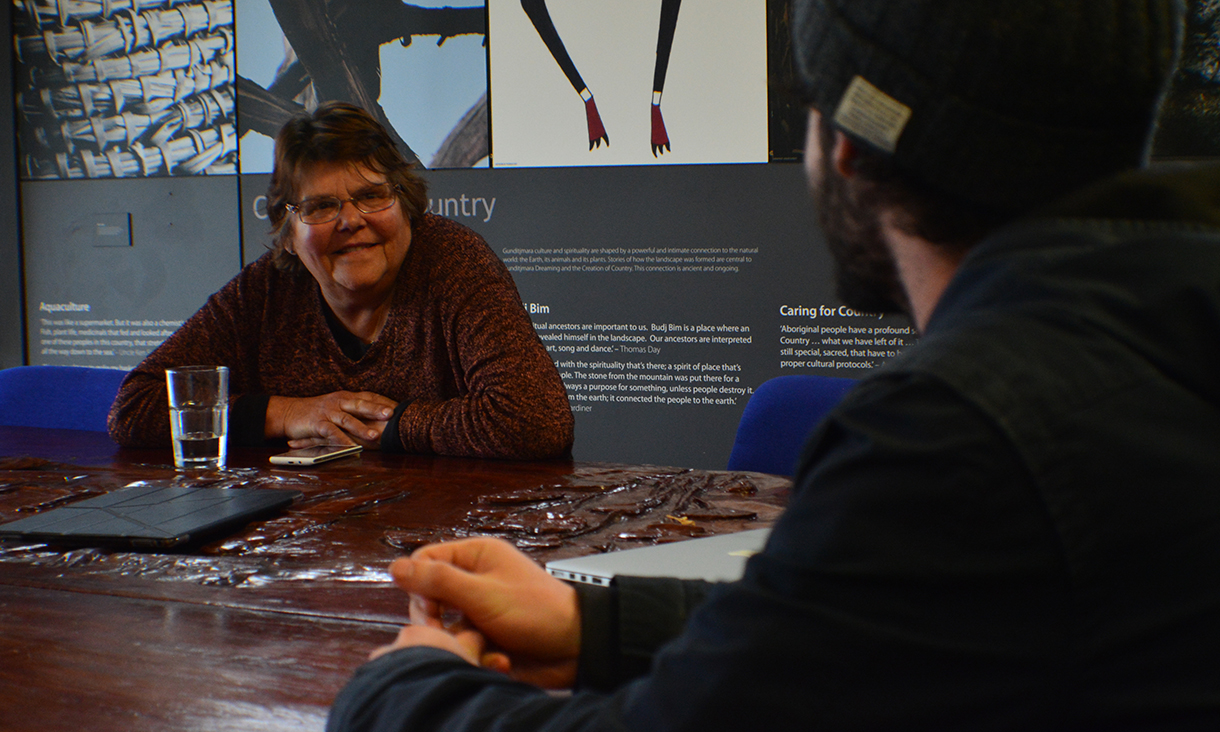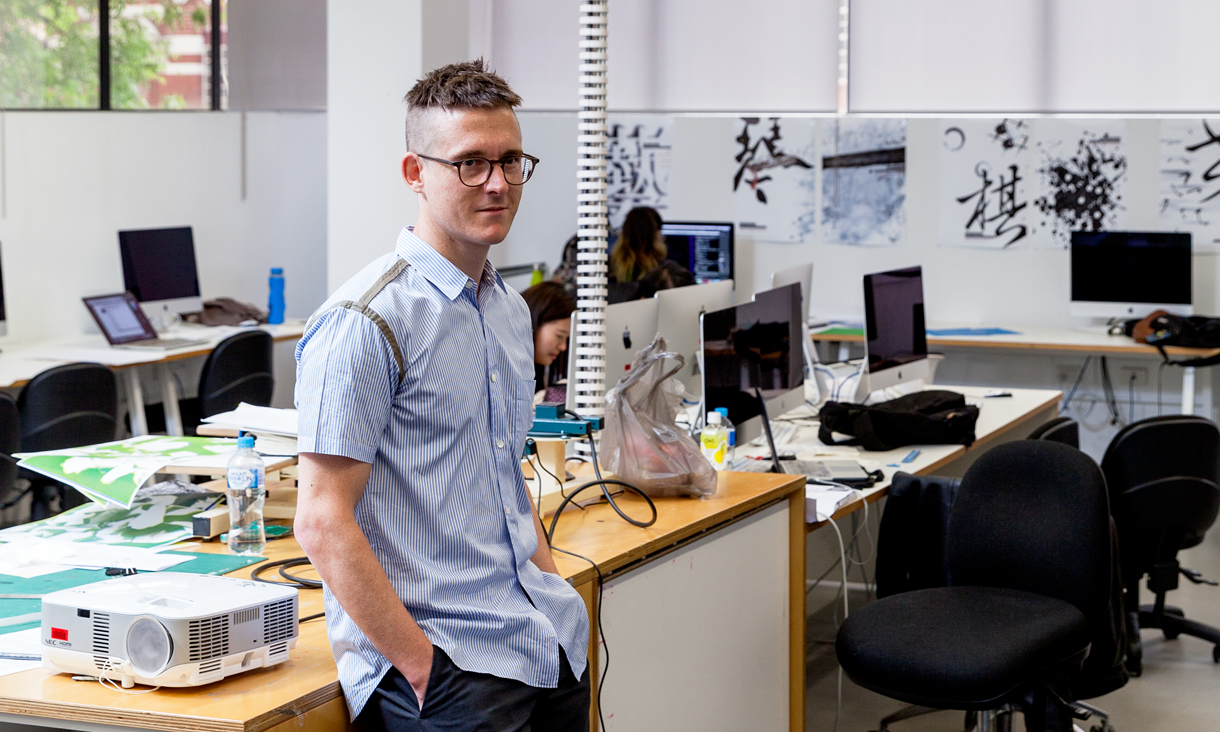Partnered projects can provide your organisation with fresh responses to communication issues, and allow our students to tackle industry issues drawn from real-world situations.
 Ms Eileen Alberts
Ms Eileen Alberts
The RMIT students show respect, responsibility, as they learn about the spirituality and the love of the country that our rangers work on and care for as part of their lives.
Ms Eileen Alberts -
Elder of the Gunditjmara and Mentor for the Winda Mara Aboriginal Corporation’s Land Management Program and Budj Bim Tours
Partnered projects let you draw on our students’ specific skillsets. Organisations regularly put the outcomes of these projects into immediate use.
The following information is a guide to a typical partnered project to give you an understanding of process, responsibilities and timeframes. See our Partnered Projects case studies for diverse examples of our success stories.
Your project proposal
Give us a short project proposal, outlining your ideas or communications issues. You can provide one or more possibilities.
These may be:
Big picture communication issues or possibilities in your organisation, e.g.:
- We are launching some new products
- Give us some blue sky ideas we might not have thought of to reach our audience
Problem or proposition based, e.g.:
- How to increase uptake of online bill payment through gamification
- How to minimise cart abandonment through interface design
Rather than describe the solution, your proposal should ideally present questions or problems that our students can respond to and explore.
- In the form, nominate one or more key contacts from your organisation to work with us.
- We will respond within a few days. Together we determine if and how we can adapt your issue to coursework.
About partnered projects
Timeframes
- We can integrate your partnered project in classes during Semester 1 (March–June) or Semester 2 (July–October).
- Please submit your proposal at any time and we will advise our capacity to collaborate with you.
Students
- A project is usually carried out in a single course within the final year of an RMIT undergraduate or postgraduate degree program.
- A project may involve 1 to 100 students. Work is often done in small groups of up to 5 students, depending on the project type.
- Partnered projects can also be cross-disciplinary involving more than one program.
Supervision
- Students are supervised by their lecturer throughout the project.
- Your key contacts need to be available for questions from students by email throughout the semester and attend presentations or activities as agreed in the project outline.
- The lecturer assesses the students your organisation is not typically involved in assessment.
Intellectual property
- An agreement is signed at the commencement of the project which outlines who will hold IP created in the project. This can be held by the student or by the organisation.
 Brad Haylock - Program Manager, Master of Communication and Design
Brad Haylock - Program Manager, Master of Communication and Design
RMIT is committed to providing students with the skills to graduate as future leaders in communication for social change and strategic communication management. These are fast-paced, complex projects that demand the highest levels of strategic thinking and craftsmanship, and equip students with advanced problem-solving skills, aesthetic sensitivity and industry-ready conceptual agility.
Steps to your partnered project
1. Submit your project proposal
2. Set the project brief
- Based on your project proposal, the lecturer develops a more detailed project brief including a project outline and delivery schedule.
- Organisation reviews the project brief.
3. Brief the students
- Lecturer presents project brief to students in class at the start of semester.
- Organisation presents background information and issue to students, either at RMIT or at your premises.
4. Project first half
- Students work on research and concept development.
- Organisation attends a mid-semester student presentation of their ideas and gives feedback to students.
5. Project second half
- Students work on delivery of concept for final presentation
- Organisation attends a final student presentation and gives feedback. This may also be an opportunity for you to share information with students about jobs and recruitment practices in your field.



